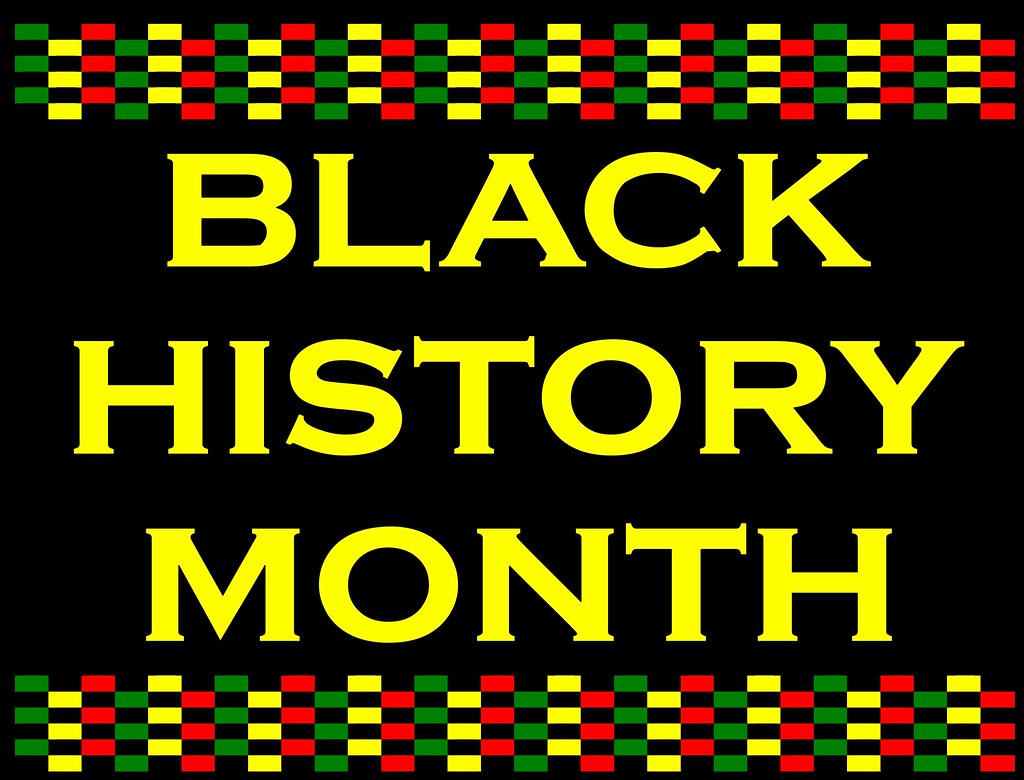Black History Month has been celebrated over the past 48 years, honoring the struggles and victories of African Americans throughout history. It provides an opportunity to celebrate the rich cultural heritage and milestones of African American communities. On our most recent Grady Day, the Black Student Union performed demonstrations that celebrated African American culture through poems, speeches, and dances.
However, Black History Month has a more fraught history than its merry celebrations would suggest. Throughout history, many African Americans have endured terrible conditions due to slavery, segregation, and lack of rights. However, in 1865, thanks to the passage of the Thirteenth Amendment, slavery was abolished. This would give rise to the Association for the Study of African American Life and History in 1915, whose purpose was to dedicate research to and promote achievements by African descendants. The movement gained traction, and in the 1960s, the civil rights movement began to take place. Thanks to considerable progress, former president Gerald Ford officially recognized Black History Month in 1976 to “seize the opportunity to honor the too-often neglected accomplishments of Black Americans in every area of endeavor throughout our history.”
A tradition of Black History Month is to have a specific theme every year. This year, the Black History Month theme was “African Americans and the Arts.” This theme allows for the exploration of the influence of African Americans in visual and performing arts, literature, music, etc.
The Black Student Union explored this theme of art in their presentation of diverse cultures of African Americans by showcasing movies with African American culture and actors. Additionally, the speeches delivered by the club members highlighted the purpose of African American movies and their impact, giving significance to the artistic expression of the African American community. BSU members even bravely presented emotional and motivational speeches about their own personal experiences being part of the African American community. Personally, however, my favorite part of the presentation was the dances that the BSU performed. The dances were very entertaining to watch as the performers kept it “lit” (as Mrs. Dwyer likes to say). The members danced and sang earnestly, fostering a greater understanding of the artistic richness of the Black community in America and fulfilling Black History Month’s purpose to educate about African American art.
Overall, the Grady Day performance by the Black Student Union was very entertaining to watch and fostered a greater sense of community. Black History Month serves as a time to honor the struggles and triumphs of African Americans throughout history along with its offering of an opportunity to educate others. Black History Month creates a sense of unity rather than division. Additionally, Black History Month encourages reflection on the ongoing fight for social justice and equality in America today.




































